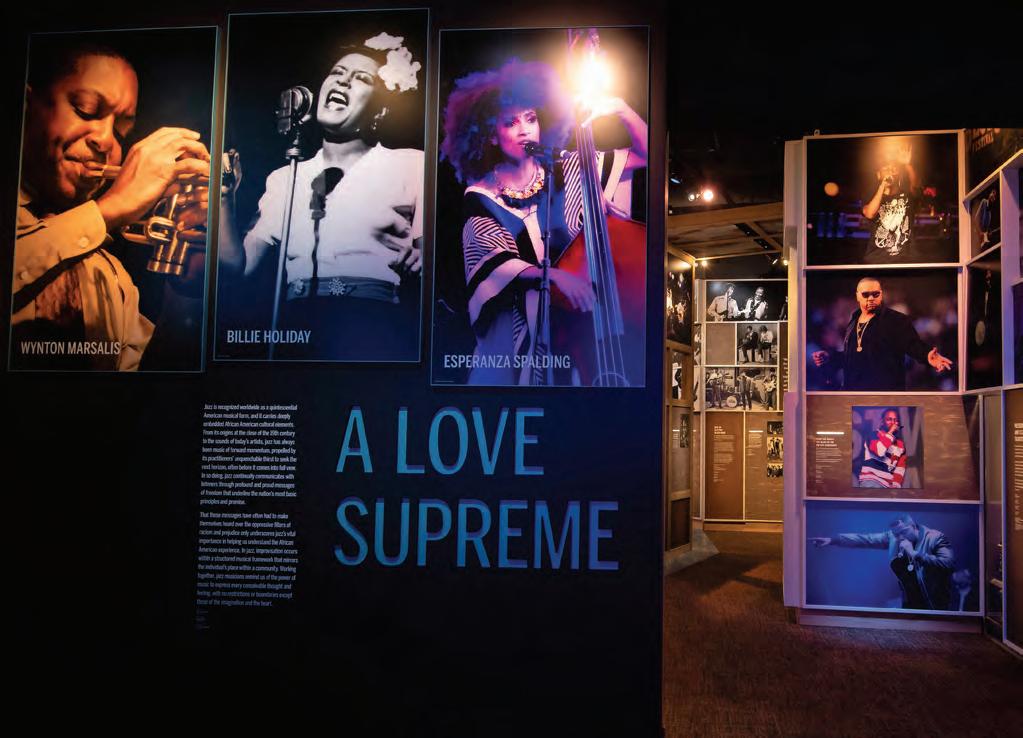A 2020 STUDY conducted for the Department of Defense adds credence to the growing belief that airline passengers are not likely to contract COVID-19 when flying. The study found the risk of aerosol dispersion was reduced 99.7 percent thanks to high air exchange rates, HEPA-filtered recirculation and downward ventilation found on modern jets. Investigators looked at the impact of an infected passenger on those seated nearby in the cabins of Boeing 767s and 777s. Those two aircraft types are wide-bodies typically used for long-haul flights where a virus could be expected to spread more easily. To test the exposure risk for passengers sitting near an infected person, researchers released fluorescent tracer aerosols representing the droplets released by exhaling or coughing and looked at the impact on multiple “breathing zones” throughout the aircraft. More than 11,500 breathing zone seat measurements were taken with releases from 46 different seats. “The reality is those
16
Breathe Easy Study finds air on planes safer than in homes or operating rooms BY CHRIS WOODYARD
tests are indicative of what in the aircraft was less than happens on every airplane. what is found in private An aircraft is just a remarkresidences. ably safe environment,” says With the airflow from United Airlines CEO Scott ceiling to floor, “There is no Kirby. place indoors that The study’s team it is anywhere close TIP: included members to that” when it During air from United, Boeing, comes to limiting travel, keep the the University of the spread of the vents above Nebraska Medical virus, Kirby says. your seat open Center, National He urged other at all times Strategic Research airlines to emulate to improve Institute and other United’s policy of ventilation. research firms. It making sure power was prepared for units operate in a the U.S. Transportation Comway that allows passengers mand and the Air Force’s Air to take advantage of aircraft Mobility Command. ventilation systems while The study reinforces still at the gate. the message that airlines Kirby also urged pashave been trying to convey sengers to make sure that that HEPA filters and high their overhead vents are fully turnover rates of airflow in open during their flights to passenger cabins reduce viral maximize air circulation. exposure. In fact, the study On most planes, the air found that contamination exchange rate is approxi-
GO ESCAPE | SUMMER 2021
mately every three minutes, and 75 percent comes from outside the plane, meaning that only 25 percent of cabin air is recirculated. “The 767 and 777 both removed particulate 15 times faster than a home ... and five to six times faster than recommended design specifications for modern hospital operating or patient isolation rooms,” according to the study. Tests were conducted by placing instruments that can measure particles in proximity to a simulated sick passenger. The study took masks into consideration, factoring that passengers might be wearing the type of surgical masks handed out by airlines. Bookings dropped sharply after COVID-19 started infecting millions around the world in the belief that spending hours in cabins in close proximity to other passengers could easily spread the virus. Carriers have tried to allay passengers’ concerns and protect aircrew members’ health by requiring masks, mandating social distancing and instituting other precautions.
GETTY IMAGES
UP FRONT | TRAVEL




























